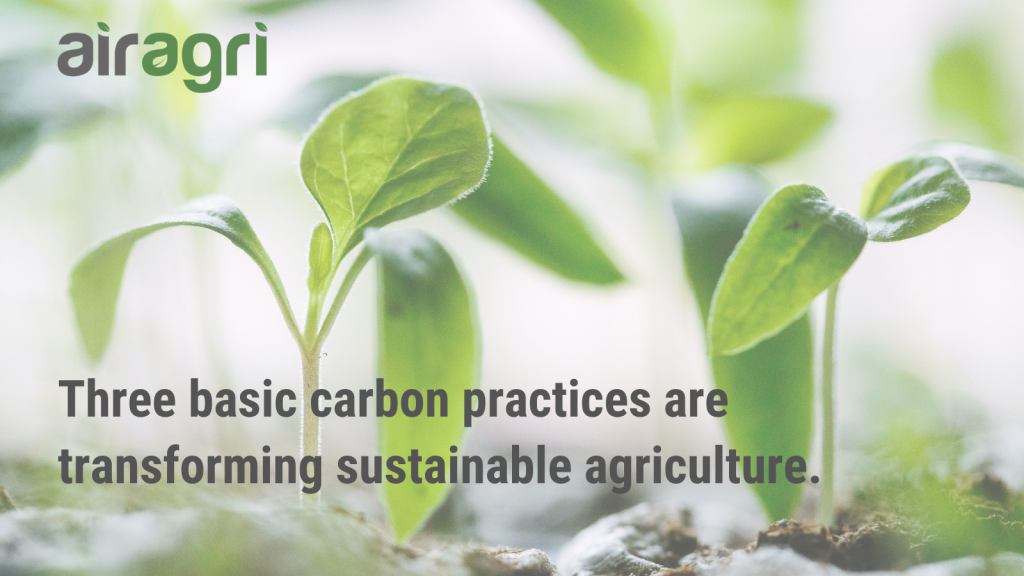Automated Safety
Farm Safety
Farm Management
Automated Safety
Farm Safety
Farm Management
Three Basic Carbon Practices are Transforming Sustainable Agriculture
By James Diamond, October 4, 2022

When people hear the word “carbon farming,” a range of ideas come to mind, many of which are extreme in scale and methodology: large areas of land have been replanted, significant herd changes, or land that has been walled up and permitted to grow wild. However, many suitable on-farm approaches for earning carbon credits are surprisingly simple and quick to implement—and do not require tying up the property. Even modest improvements can be revolutionary with the correct science and support, and go a long way toward boosting on-farm productivity—better for the environment and your business.
As a result, accessing the carbon market is becoming increasingly simple for land managers wishing to generate cash and – we’ll say it again – does not require locking up the land.
Following a thorough audit, a carbon partner, such as Air Agri, may introduce you to some of the subtle ways you may help store carbon and enhance environmental results while maintaining optimal agriculture operations. Projects will be co-designed based on existing methodology and the unique usage, history, and needs of your land, allowing you to cut emissions while earning valuable carbon credits.
Deforestation Reduction Farmers, graziers, and other land managers may be planning to clear more land for a high-yield season as several sectors of Australian agriculture benefit from La Nina’s higher rainfall. However, this planned clearing and deforestation contradicts what the climate and, in many cases, the land requires: more natural plants maintained in more areas to increase shade, store carbon, and support biodiversity. Land managers who have previously applied for clearing permits in NSW or who can demonstrate a historical pattern of clearing in QLD can earn carbon credits by “avoiding” this practice and instead protecting those forests for up to 100 years, thereby helping to reduce atmospheric CO2 and ensuring the long-term viability of affected landscapes.
‘No-till’ methodologies
Plowing or breaking up ground while tilling the soil to prepare for planting can expose carbon contained in that soil to air, which bacteria subsequently convert into C02.
While exposing lower levels of soil is necessary for seeding, your carbon project developer may recommend earning credits by applying ‘no-till’ or low-disruption methods, such as planting seeds directly into holes drilled into the dirt.
According to recent studies, this method might reduce agricultural production emissions by roughly a third while also generating significant carbon revenue for your farm.
Grazing rotation
Crop producers aren’t the only ones who need to maintain their soil.
Livestock managers who want to safeguard their land from hoof disturbance or overgrazing may consider a variety of herd movement strategies that place less strain on the environment.
Implementing a rotational grazing practice is a popular methodology available to many farmers to reduce the likelihood of overgrazing or vegetation suppression, and it can generate carbon revenue that can be reinvested back into the business in the form of new infrastructure or other long-term changes.
A win-win situation
AirAgri believes that farmers, graziers, and other land managers should be assisted in realizing their full potential to affect the climate. So, whichever carbon farming methods your project developer decides are best for your property, you can rest assured that they will just supplement rather than significantly modify your traditional agriculture goals. And, because carbon farming practices are more sustainable, they have the added benefit of increasing your land’s long-term yield for the next generation.
